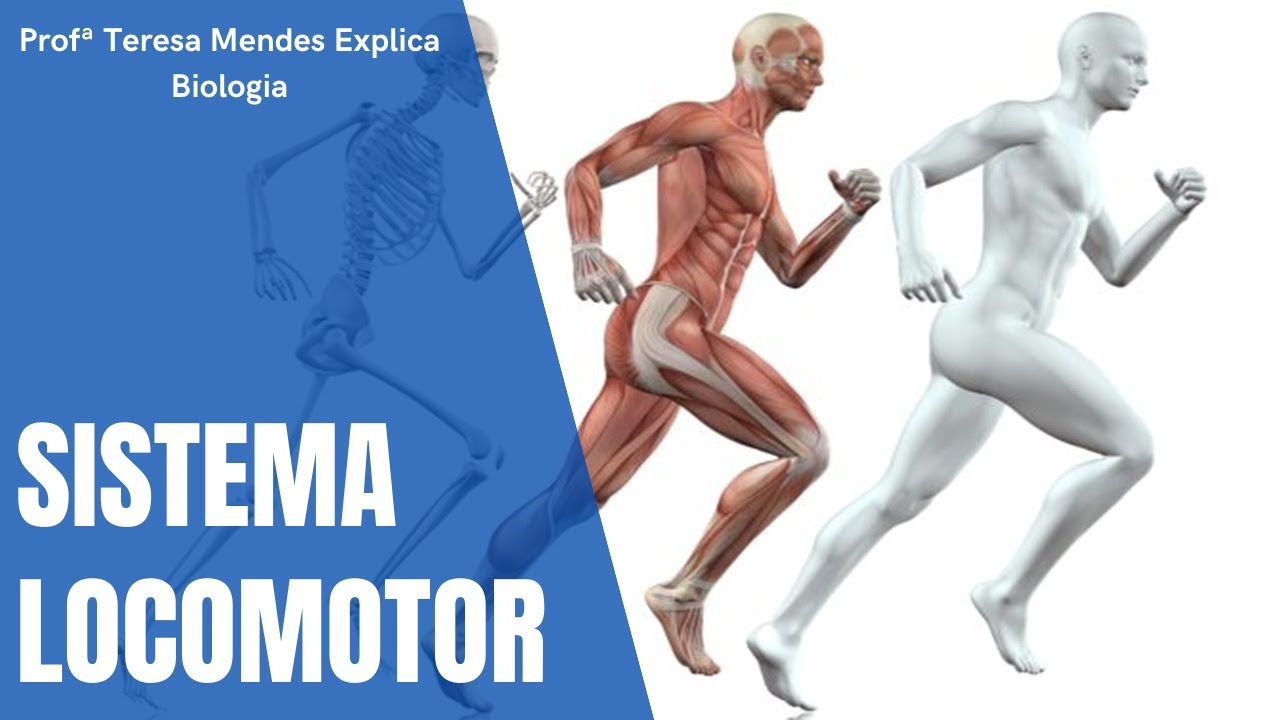APA BEDANYA OTOT LURIK OTOT POLOS DAN OTOT JANTUNG?
Summary
TLDRThis video explains the role and types of muscles in the human and animal body. Muscles are described as active movement organs that help move bones, allowing organisms to move. The video covers three types of muscles: skeletal muscles (striated), smooth muscles, and cardiac muscles, detailing their structure, function, and location. Skeletal muscles move bones quickly but tire easily, while smooth muscles support internal organs and are slower but more enduring. Cardiac muscles, found in the heart, work unconsciously. Each type plays a vital role in body movement, digestion, respiration, and more.
Takeaways
- 😀 Muscles are active organs that enable movement in both humans and animals.
- 😀 Muscles move bones by contracting and relaxing, allowing organisms to perform actions.
- 😀 Muscle tissue is made up of muscle cells, which contain fine fibers called myofibrils.
- 😀 There are three types of muscle tissues: skeletal muscle, smooth muscle, and cardiac muscle.
- 😀 Skeletal muscles are striated, cylindrical cells attached to the skeleton, and move quickly but fatigue easily.
- 😀 Skeletal muscles operate under voluntary control and contain multiple nuclei along the edges of the muscle fibers.
- 😀 Smooth muscles are spindle-shaped and non-striated, found in internal organs like the digestive system and blood vessels.
- 😀 Smooth muscles move slowly, do not tire easily, and function involuntarily.
- 😀 Cardiac muscle is found only in the heart and is striated but branched, with the cell nucleus located at the center.
- 😀 The function of skeletal muscles is to move the skeleton and perform voluntary tasks like walking, lifting, and holding.
- 😀 Smooth muscles assist in digestion, blood circulation, respiration, and waste elimination, and are not under voluntary control.
- 😀 Cardiac muscles function to pump blood through the heart and are controlled involuntarily.
Q & A
What is the primary function of muscles in humans and animals?
-Muscles are known as active movement organs because they help move bones, enabling organisms to move.
How do muscles work to create movement?
-Muscles work by contracting and relaxing.
What are the basic components of muscle tissue?
-Muscle tissue is composed of muscle cells, and each muscle cell contains fine fibers called myofibrils.
What are the three types of muscle tissue?
-The three types of muscle tissue are skeletal muscle, smooth muscle, and cardiac muscle.
What characterizes skeletal muscles?
-Skeletal muscles consist of cylindrical cells and feature alternating dark and light bands. They attach to the skeleton and enable fast movement but fatigue easily.
How are smooth muscles different from skeletal muscles?
-Smooth muscles are made up of spindle-shaped cells that do not have cross-striations. They are found in internal organs like the digestive tract and blood vessels, move slowly, and do not fatigue easily.
What is unique about cardiac muscle?
-Cardiac muscle is found only in the heart, and while it resembles skeletal muscle, it has branched fibers. Its cells have nuclei in the center, and it works involuntarily.
What is the function of skeletal muscles?
-Skeletal muscles move bones and the skeleton, enabling actions like walking, lifting, and gripping.
What role do smooth muscles play in the body?
-Smooth muscles assist in processes like digestion, blood circulation, oxygen and carbon dioxide transport in the respiratory system, and waste removal in the excretory system.
What is the function of cardiac muscle?
-Cardiac muscle's primary function is to contract and move the heart, ensuring blood circulation throughout the body.
Outlines

This section is available to paid users only. Please upgrade to access this part.
Upgrade NowMindmap

This section is available to paid users only. Please upgrade to access this part.
Upgrade NowKeywords

This section is available to paid users only. Please upgrade to access this part.
Upgrade NowHighlights

This section is available to paid users only. Please upgrade to access this part.
Upgrade NowTranscripts

This section is available to paid users only. Please upgrade to access this part.
Upgrade Now5.0 / 5 (0 votes)





